Coniferous plants are considered noble, they exude a fragrance that is healthy. Fill the atmosphere with antibacterial elements. Remain attractive throughout the year. Any of them will look perfect in any territories, especially park areas and spacious garden areas. To choose, you need to take into account the dimensions of the plants, the spreading of the crown and other criteria.
Advantages and disadvantages
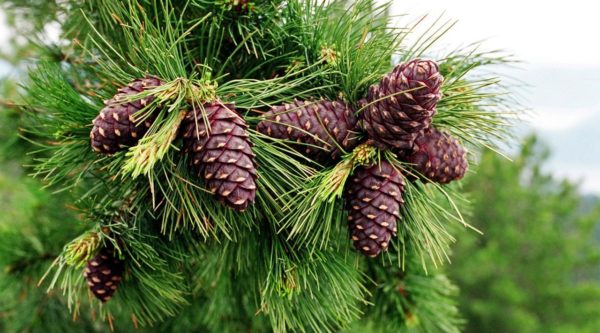
All conifers except larch are evergreen. The needles are renewed gradually, once in a few years they begin to fall off, and new needles grow in their places. Such plants can be used in the design of landscape gardening, and the culture itself:
- hardy;
- frost resistant;
- attractive;
- undemanding to care.
Among the advantages:
- Excellent tolerance of light deficiency.
- Many varieties have a clear geometry, and you do not need to regularly cut.
- The root system is well developed. This allows the drought to endure. There are varieties for which rocky soil is suitable.
Decoration of a garden site is recommended to be carried out by grades:
- torrei;
- yew
- juniper crops;
- larch trees;
- cypress;
- thuja;
- fir;
- cedar trees;
- ate.
Criterias of choice
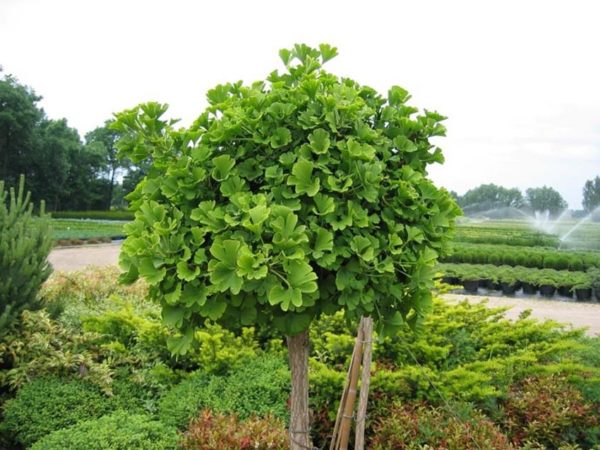
In order for the selected tree to be able to satisfy all the criteria, you need to select it according to certain rules. Dimensions of the underground and aboveground parts - plants are divided into 3 categories:
- tall - taxodium, fir and ginkgo, whose height reaches about 7 m;
- medium-sized 3-6 meters in height: spruce, yew, cypress;
- stunted, which grow up to 1 meter and it is a gray spruce, a thuja western and a pine.
Additional criteria:
- Type of care.
- The size of the land. If the area is not more than 6 acres, then either 1 large plant or 2-3 small ones are permissible.
- Place of cultivation.
- Climatic conditions.
- Own forces. Such trees need special care.
Coniferous species for the garden
For yourself, you need to determine the degree of decorativeness and purpose. Some conifers can be used to: zon the space on the site, strengthen sliding soil, protect yourself from curious plants.
Thuya Smaragd - the plant reaches a height of 5 meters and a diameter of 1-1.5 m. The variety has a conical crown, the branches grow vertically directed, and it belongs to slow-growing trees. Regular watering is enough to grow, to prevent drying of the soil. It is advisable to choose medium-lit areas.
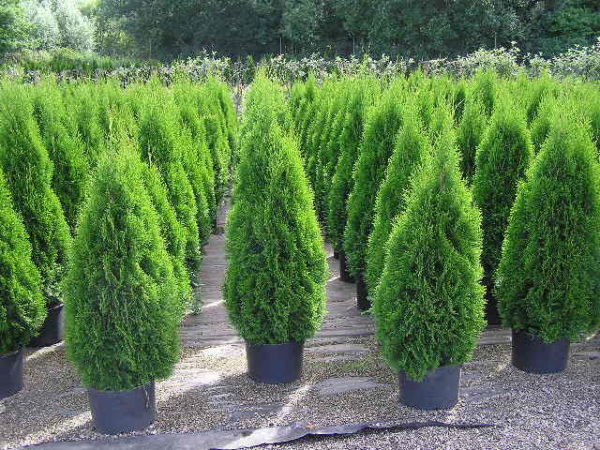
Juniper Skyrocket - in another way it is called a pencil tree, growing in height up to 6-8 meters, with a width of up to 1 m. The shape of the crown is columnar narrowed. The branches grow vertically, and the needles are gray-blue in color. The variety can be needle and scaly. Landing is done in open areas, well-lit by the sun.
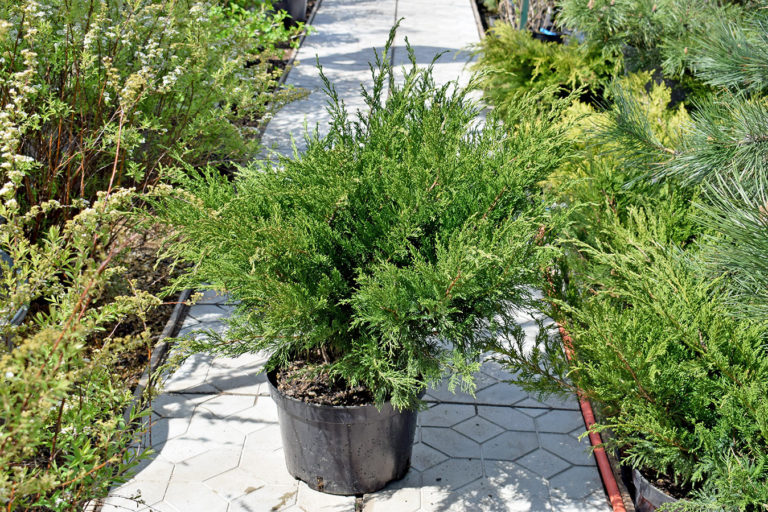 You may be interested in:
You may be interested in:Compact Glauka Pine - An excellent option for creating a unique landscape design. And the main characteristics are:
- height no more than 3 m;
- width up to more than 1.5 m;
- needles bluish-green with needles 8-9 cm long.
Twigs directed to the top. The plant is ideal for the formation of artificial alpine slides.
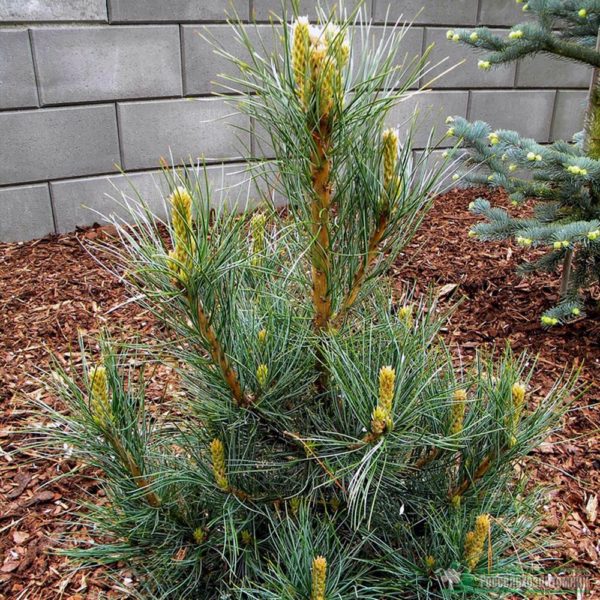
Korean fir - a slow-growing plant, whose height can reach 12 m. Among the distinguishing characteristics, the presence is distinguished: soft densely planted needles with a length of 2 cm. The arrangement of the cones is vertical, their color is purple-purple, gradually transformed into dark brown.
Thuya Danica - The most common variety of needles, having the shape of a ball.
Distinctive features:
- shiny needles;
- saturated dark green color;
- needles of a flat scaly shape, and they are arranged vertically.
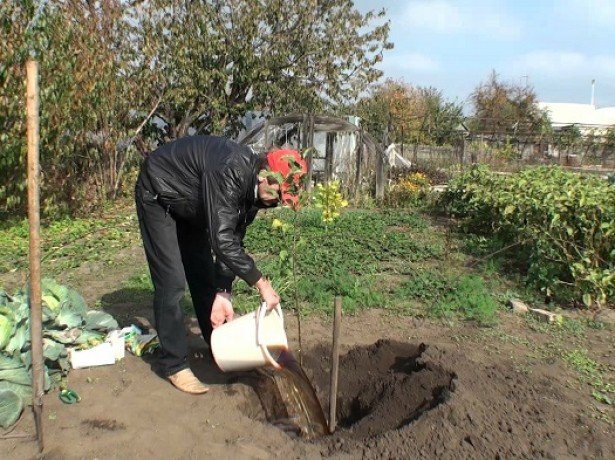 You may be interested in:
You may be interested in:The root system is superficial, but there are several deep roots.
In order for conifers to live up to expectations, fully reveal their properties, planting and care are done in accordance with certain rules:
- Protect the placement from the cold wind and bright sun.
- The acquisition must be done in specialized nurseries, where young bushes underwent primary adaptation.
- When planting, leave the root neck of coniferous plants a few cm higher relative to the ground level.
- Planting should be done in the spring, so that rooting passes before the cold.
- Good drainage is required.
- The distance from tree to tree is at least 1.5 meters.
- Young shrubs need abundant watering.
With the onset of winter, cover the root system with lapnik, and if the climate is too harsh, additional protection from wind and snow is necessary.
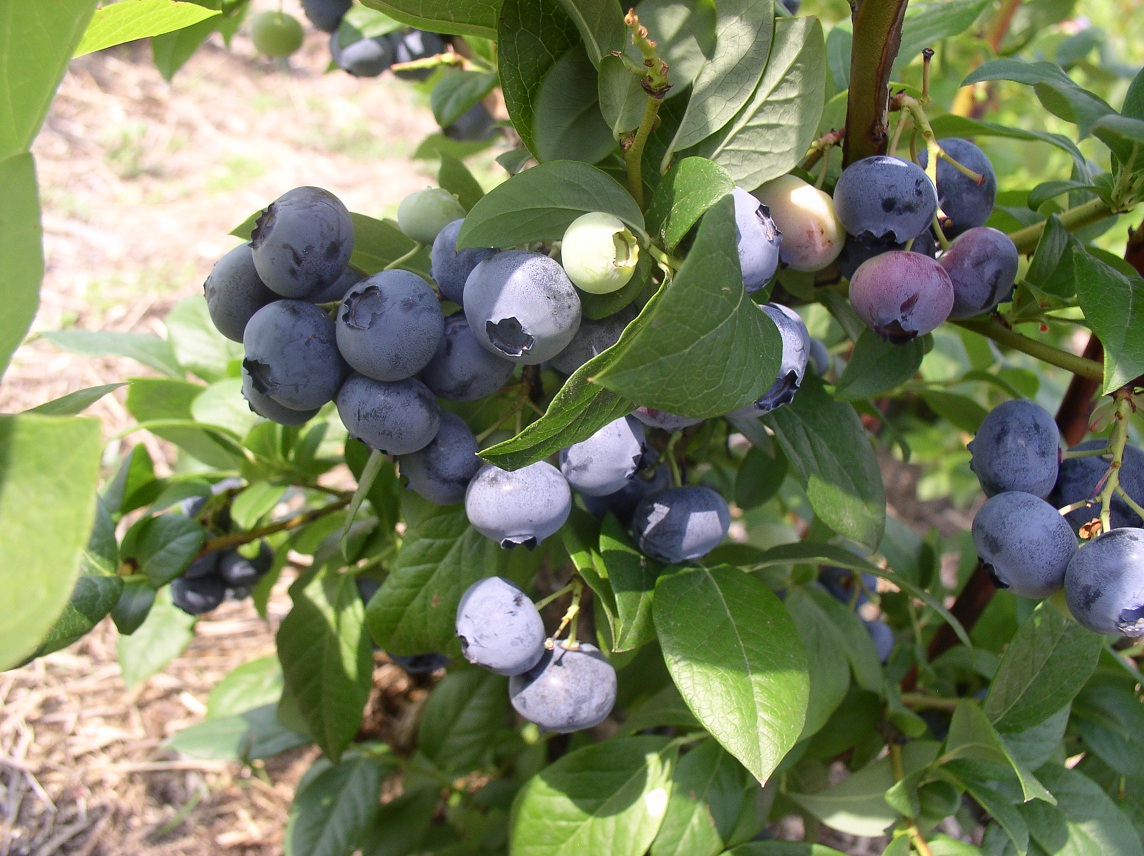 You may be interested in:
You may be interested in:Based on the characteristics of the trees, you can choose the best option for yourself. With proper care, the garden is filled with an unusual atmosphere of calm and relaxation.

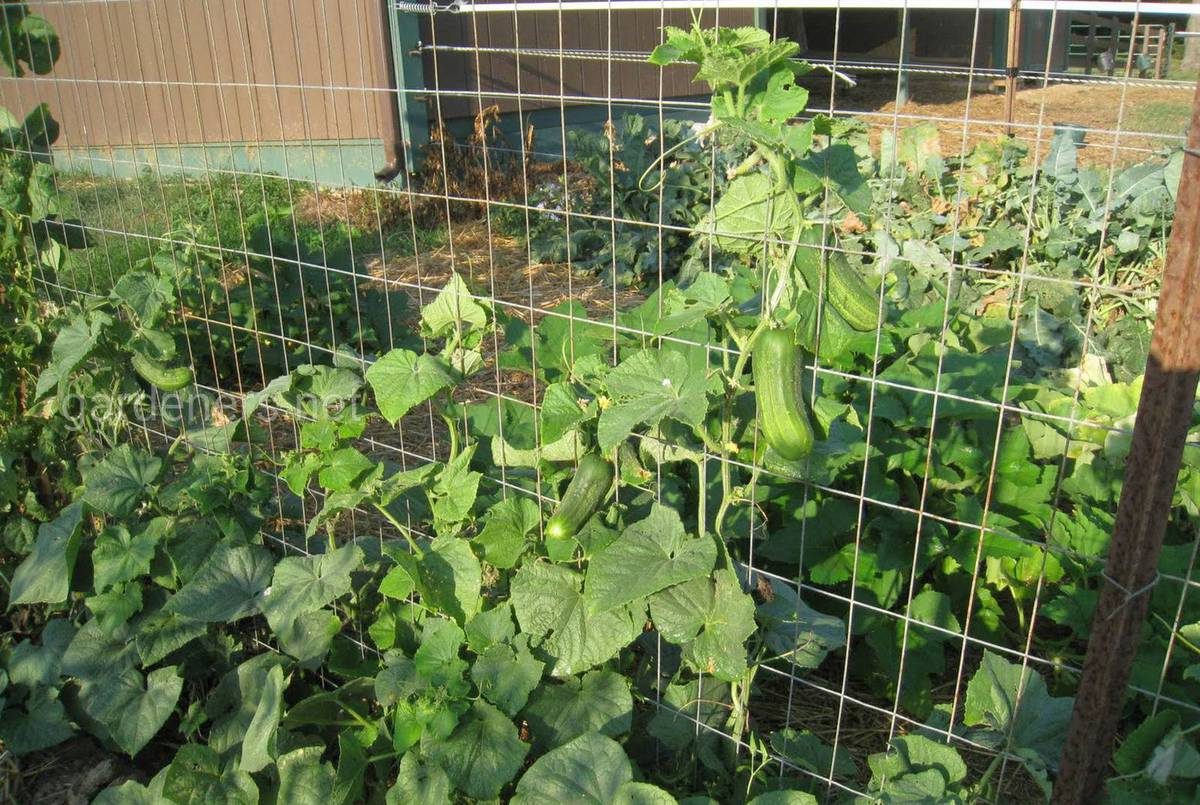
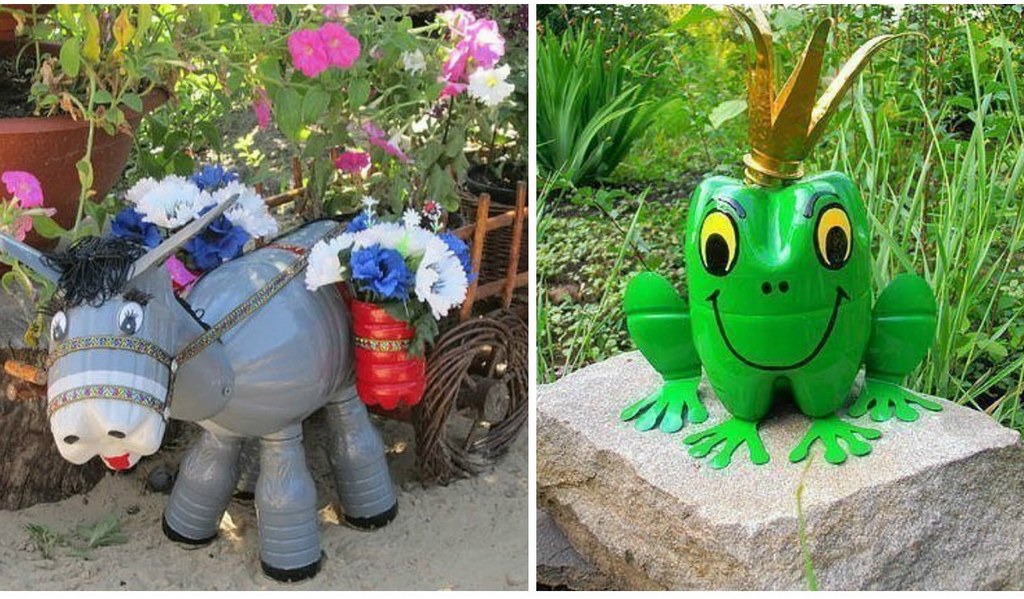
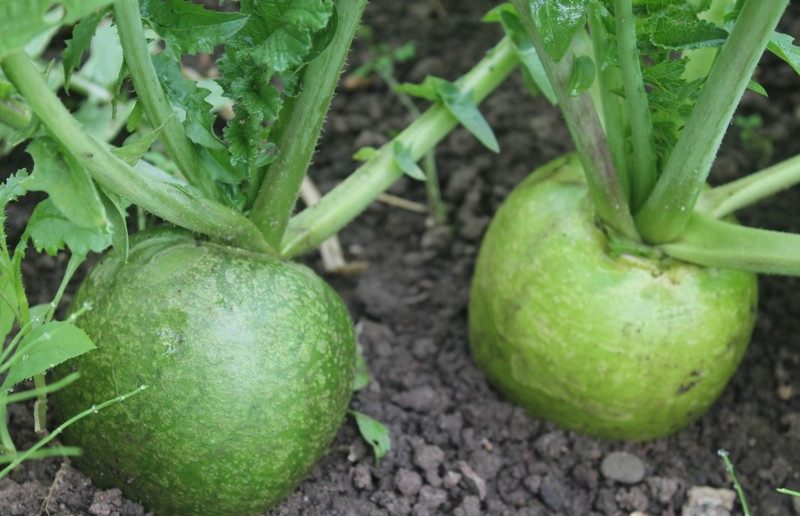
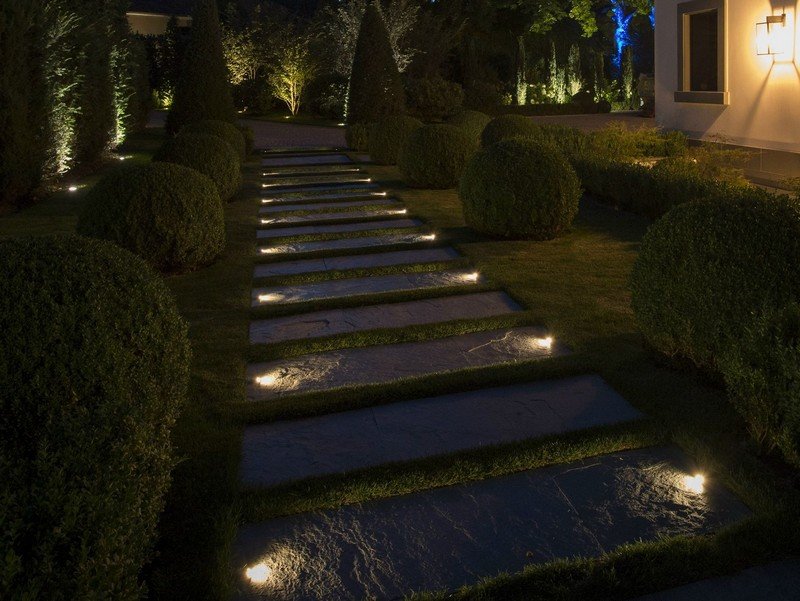 How to decorate and highlight garden paths in an original way?
How to decorate and highlight garden paths in an original way? How to grow Kombucha "from scratch"?
How to grow Kombucha "from scratch"?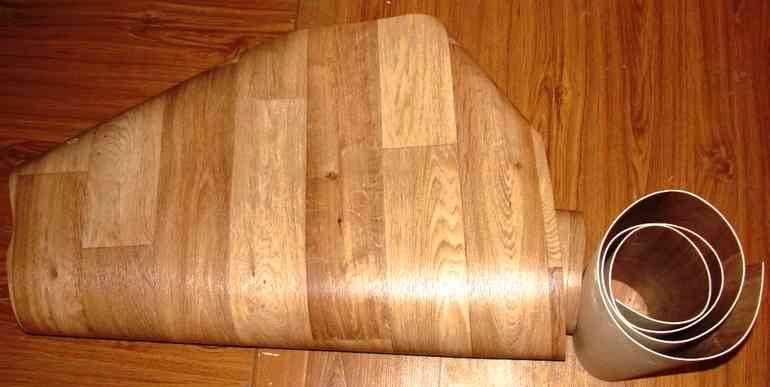 8 practical ideas for using linoleum in the garden
8 practical ideas for using linoleum in the garden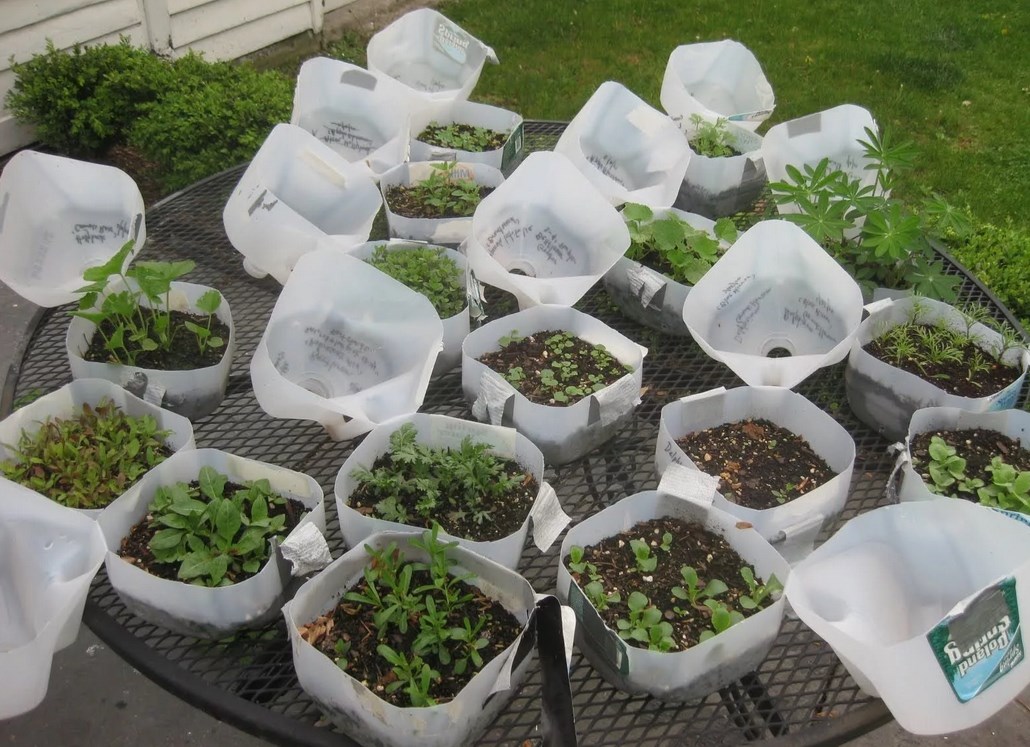 Useful crafts from do-it-yourself canisters for the garden
Useful crafts from do-it-yourself canisters for the garden